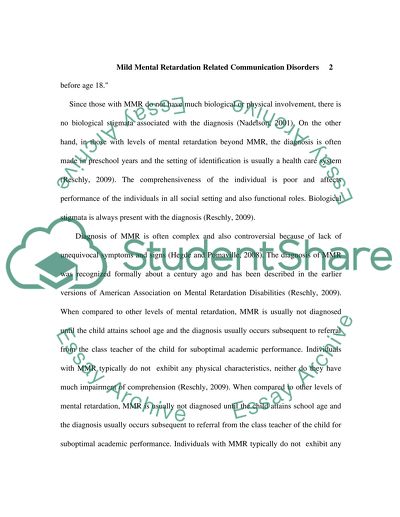Cite this document
(“Mild Mental Retardation Related focused on pediatric population and Research Paper”, n.d.)
Retrieved from https://studentshare.org/military/1428244-mild-mental-retardation-related-focused-on
Retrieved from https://studentshare.org/military/1428244-mild-mental-retardation-related-focused-on
(Mild Mental Retardation Related Focused on Pediatric Population and Research Paper)
https://studentshare.org/military/1428244-mild-mental-retardation-related-focused-on.
https://studentshare.org/military/1428244-mild-mental-retardation-related-focused-on.
“Mild Mental Retardation Related Focused on Pediatric Population and Research Paper”, n.d. https://studentshare.org/military/1428244-mild-mental-retardation-related-focused-on.


